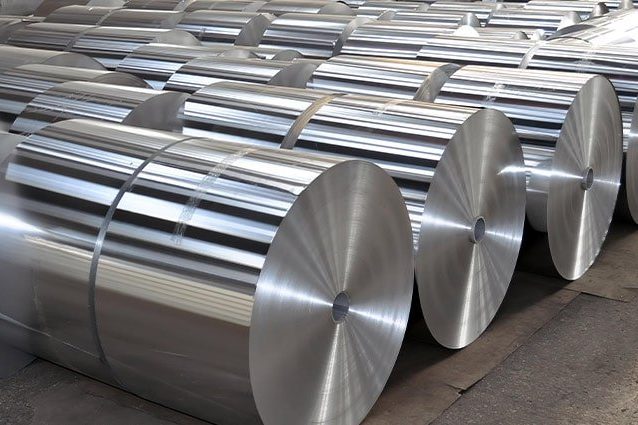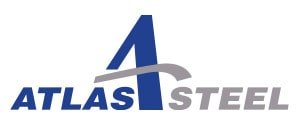What Does it Mean to “Cold Roll” a Steel Coil?
Steel coils are critical to a wide ranger of industries throughout the Midwest and beyond. From automotive to construction, the steel coils that come off our lines are used in applications we rely on every day.
As you might expect, then, the processes that our steel undergoes should matter to just about everyone. Even the average consumer stands to benefit from learning more about where their steel comes from—they’re the ones who end up using it every day in their car, home, or office.
With that in mind, we feel it’s in everyone’s best interest to break down the process of churning our metal from raw material into the sleek, reliable, and high-quality steel our nation relies on. In this month’s blog post, we’re discussing what it means to cold roll steel coils.
Creating Rolled Steel
Before we can get into cold rolling steel, we should tackle how rolled steel is made in the first place.
Hot Rolling
Even cold rolled steel coils first go through a process known as hot rolling. During hot rolling, we take the selected steel composition and heat it at a high temperature in a reheating furnace, which renders the steel malleable. Once we’ve accomplished this malleable state, we then thin the steel out by rolling it into long, continuous strips using a mill. There, it’s rolled into one big roll while it’s still hot, like a 10-ton roll of superheated Scotch tape.
How It’s Coiled
You may be wondering how such incredible lengths of superheated steel can be coiled. Well, it really comes down to a controlled cooling process that relies on sprays of water. This process, known as “quenching,” assists in setting the steel’s microstructure, which determines the steel’s mechanical properties. Broadly speaking, quenching increases the mechanical property of hardness and decreases its ductility.
Cold Rolling Steel Coils
As you might expect, there are some key differences between how hot rolled steel and cold rolled steel are made. In particular, the processes split when it comes to rolling the steel.
Where hot rolled steel is rolled at temperatures above 1700 degrees Fahrenheit, cold rolled steel is generally far below that—in fact, it’s usually rolled at room temperature. Because cold steel is rolled when it’s not nearly as malleable as hot steel, it takes more time and effort in order to produce. As a result, cold rolled steel coils are usually more expensive than hot rolled ones. That said, cold rolled steel is certainly worth it.
Cold rolled steel widely maintains its original microstructure composition, meaning it has:
- Significantly higher tensile strength
- A smoother, shinier finish
- Closer tolerances
- Stronger structural integrity
Here at Atlas Steel, we pride ourselves on the quality of our steel, both hot rolled and cold rolled. To learn more about our steel or to request your order of Atlas steel, click here to contact us today.





